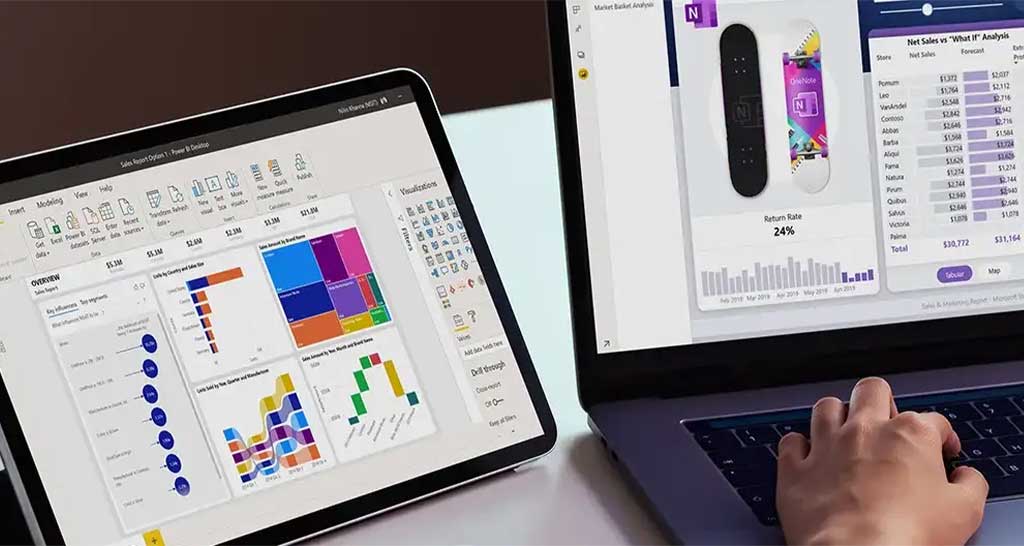If you’re a beginner looking to invest your hard-earned capital, it’s difficult to know where to start. And even if you’re already experienced, constantly making losses can make you doubt your own abilities. However, Wall Street all-star Saira Suleman points out that the number one investing mistake is to not do it at all, and ending up sitting on your money. Although investment opportunities can often be intimidating, especially given the risks of losing money, not trying your hand at it is the biggest mistake of all.
Thankfully, it’s never too late to begin. So, here are some tips to help you develop your trading abilities:
Read as much as you can
When it comes to trading, you can never stop learning new things. Look for advice from the best traders on the market, download trading apps, and subscribe to reputable websites and newspapers for the latest updates. This way, you’ll learn about what industries to invest in and what areas you should avoid for the time being. Forbes suggests that if you’re interested in emerging trends like the craft beer industry, keep an eye on related news and you’ll be able to find information on what companies are emerging in this market. By doing research on their founders, you’ll be able to have an idea of their potential success in the future.
Assess how much you’re willing to invest
Before you get started, you should know how much you’re willing to invest and to potentially lose. Stock market enthusiast Todd Lincoln clarifies that there isn’t a minimum amount you need to start investing in stocks, but a good amount would be $200 to $1,000 to see the most impact. The vast majority of brokerages have no minimums to open an account and to buy stocks, so it only takes a small amount to get started. However, commissions and fees can start to add up, so it’s always a good idea to start small to avoid large losses. By letting your investments build up with a long-term goal in mind, you can gradually start building your portfolio.
Have a solid trading plan
After building up your knowledge and figuring out how much you’re willing to invest, you should start to have the beginnings of a plan. Some things you need to explore include your trading goals, your attitude to risk, the time commitment you’re willing to spend, your trading motivations, and strategies and steps you will take to keep records of your trades. By staying organized and keeping track of your finances, you can make logical trading decisions and simplify the process. Over time, you’ll be able to track which trades work better and which don’t, leading to smarter choices in the future.
Use technology to your advantage
Because trading can be a very complicated process, technology has been developed to help automate certain aspects and help you analyze and view the latest market updates. Live charts, for instance, provide real-time graphs and data on how well certain stocks are doing. Market updates through your smartphone can also allow you to monitor trades from any location. To gain better control of your profits and losses, Plus500 explains how trading platforms allow for predefined stops and limits to help you manage risk. For instance, if a stock is underperforming, you can add a guaranteed stop mechanism to prevent slippage from occurring.
Have faith in your strategy
Lastly, it’s vital your emotions don’t sway you. The thrill of seeing your profits grow can eventually change to panic during volatile shifts in the market. To help counter this, trading decisions are made by machines on Wall Street because they “don’t suffer from doubts and fears the way human traders may when they sense an opportunity to buy.” Otherwise, you might make poor decisions you may later regret when the market improves. So, trust that you’ve done your research and take a step back when things get too overwhelming.
This article was edited and published by Rick Weinberg, California Business Journal’s Founder and Editor-in-Chief. Click here for Rick Weinberg’s biography.




